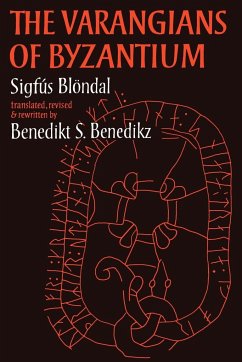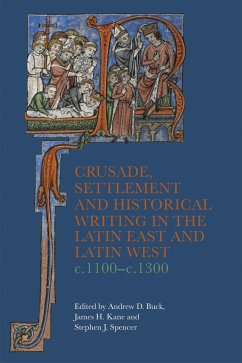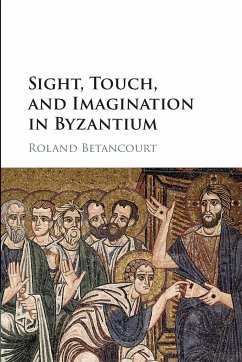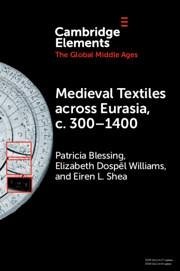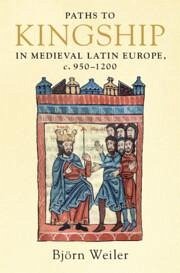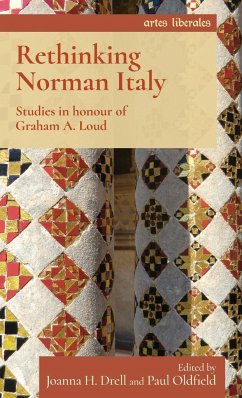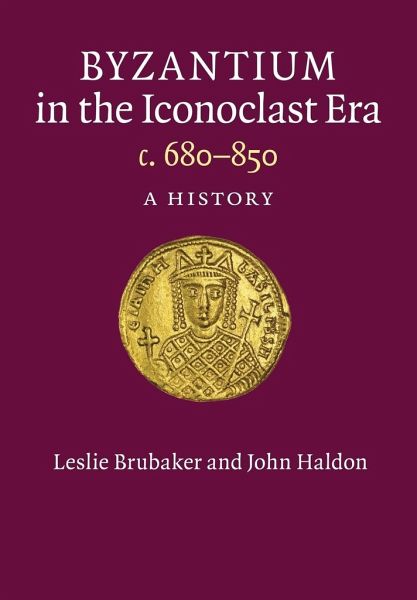
Byzantium in the Iconoclast Era, c. 680-850
Versandkostenfrei!
Versandfertig in 1-2 Wochen
53,99 €
inkl. MwSt.

PAYBACK Punkte
27 °P sammeln!
Iconoclasm, the debate about the legitimacy of religious art in Byzantium during the eighth and early ninth centuries, has long gripped the historical imagination. This book reinterprets the history of the period, challenges many traditional assumptions about iconoclasm, and sets it firmly in its broader political, cultural and social-economic context.





